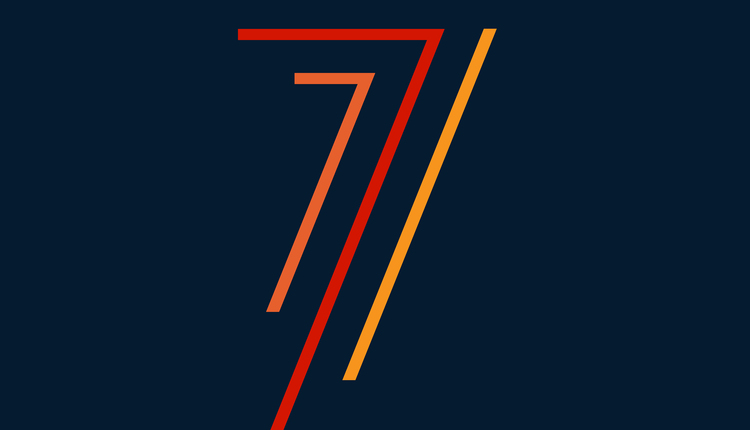D2C merchants will break the bank to create programs that connect customers with their brands and build loyalty. Then they’ll ship products out using uninspired packaging in plain brown boxes to create a totally generic, totally forgettable brand experience.
What a disconnect! And what a wasted opportunity.
D2C brands need to consider custom fulfilment solutions to create memorable brand interactions that build loyalty and repeat business.
Most brand interactions are digital – emails, social community participation, loyalty program communications. But the point when consumers open your package in their homes is the real moment of truth. It’s when they experience your product and your brand directly.
Yet brands pour buckets of money into digital interactions and pinch every penny when designing the order fulfillment process. When your customer receives and unboxes their order, your brand should be the star. Make it count.
What Is Custom Fulfillment?
Whether you manage your order fulfillment operation with an internal team or through a third-party fulfillment company (3PF), you have the freedom to design a custom fulfillment approach. Here are some examples of how brands create a more personalized packaging process:
· A nutrition supplement company uses a custom box with its logo and brand colors
· A direct selling company uses high-end tissue paper in its purple and pink brand colors as filler material
· A children’s toy company uses playfully designed and branded tape to seal boxes
· A wellness company includes a hand-signed note with every shipment – “carefully packed by _____” – with the signed name of the packer.
It’s these little touches that help your brand stand out and create a stronger emotional bond with customers.
Custom fulfillment can even help boost margins. If you market a premium product, you want your package appearance and approach to reflect that premium image. If it doesn’t, it’s like a swanky Four Seasons hotel that makes you wait 10 minutes to check in and then sends a porter with an oil-stained t-shirt to help with your bags. There’s a disconnect with the brand promise that the customer recognizes immediately.
Custom Fulfillment at Scale
Custom fulfillment is easy if you’re doing it on a small scale in your basement. It becomes more challenging if you’re managing fulfillment on your own, or with a smaller fulfillment partner, and your business begins to take off.
It’s just about impossible for high-volume shippers to customize fulfillment processes without the necessary systems and processes.
In these cases, you’ll need to make some adjustments to your internal operations to bring efficiency to the customization process. Or, you can outsource to a 3PF designed to deliver custom fulfillment at scale. Such partners can design a fulfillment program that is completely customized but implement in a way that minimizes labor and keeps per-unit fulfillment costs low.
Here are some things you’ll need, either in your own operation or from a 3PF provider.
· Process engineers. Your best partners will have engineers that analyze the steps in a multi-step pack-out process and assist warehouse operators to design the most efficient SOPs.
· Systems-aided processes. Rules can be programmed into the warehouse management system to direct the packer to take specific steps (insert flyer, add a free sample, etc.) if certain order criteria are met.
· Scalable labor. Some custom fulfillment projects require a short-term labor spike. While certainly doable, that’s tougher to manage if you insource fulfillment. It’s easier when you work with a 3PF that has a well-developed cross-training program (to share labor across different accounts in the warehouse) and strong relationships with temporary staffing agencies.
Brands that need highly efficient fulfillment operations as well as a more customized fulfillment process no longer must trade one for the other. You can have both. In fact, you might be surprised just how much customization is possible in the fulfillment process – even on a large scale.
Harry Drajpuch is CEO of Amware Fulfillment, a national logistics company that helps brands scale direct-to-consumer fulfillment operations to keep pace with business growth. With fulfillment centers in every region of the country, Amware enables one- to two-day delivery to 95% of the U.S.
This article originally appeared in the July/August, 2022 issue of PARCEL.












